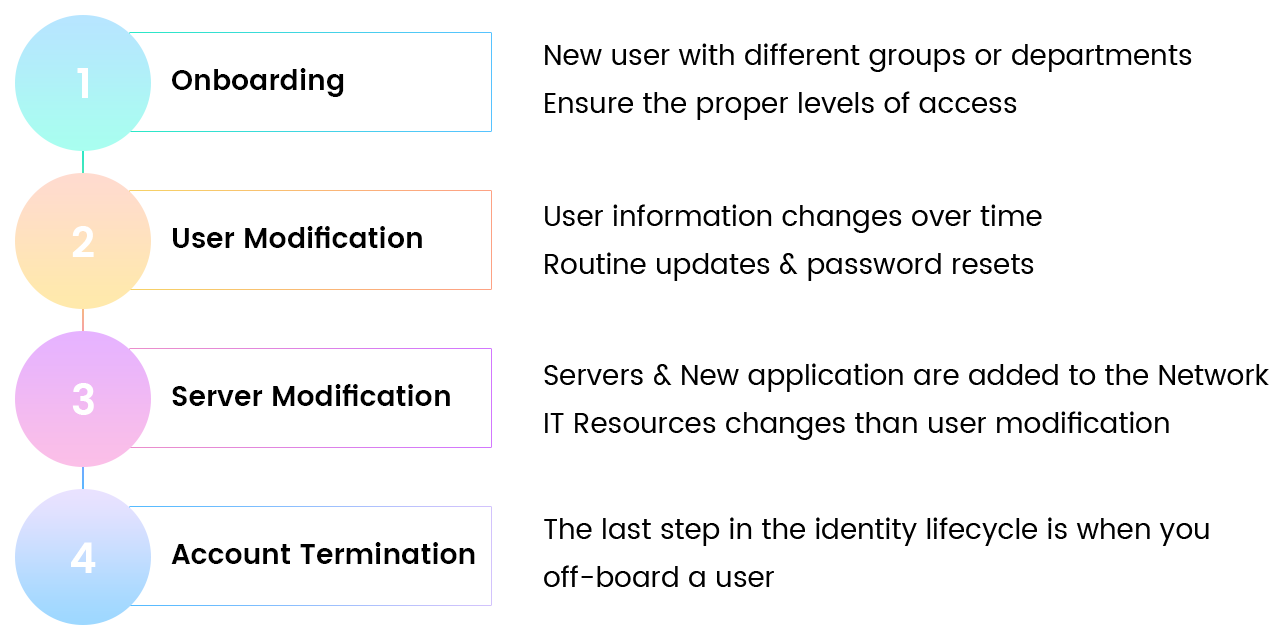Identity Management of Internet of Things (IoT) Devices Matters
We live in a digital era where the need for Internet-connected devices is inevitable. As the world has become increasingly connected, staying secure in an increasingly complex cyber society has become prominent. Especially when it comes to identity and access management (IAM). The internet-connected devices have to be reasonably secured to authenticate & authorize individuals and devices accessing the internet every day. This is a challenge that impacts us all and the enterprises should be ready for effective management of their IoT (Internet of Things) devices. This requires to patch and update the devices, change passwords or authentication methods. Here the identity management must be able to identify devices, sensors, monitors, and manage their access to sensitive and non-sensitive data.
Identity of Things (IDoT)
The skyrocketing number of IoT devices has greatly impacted how Identity and Access Management (IAM) need to work. Here the management of human-to-device, device-to-device, and device-to-service/system is important. Managing device identity must include:
- Establishing a naming system for IoT devices.
- Determine security safeguards for data streams from IoT devices.
- Define an identity lifecycle for IoT devices, to make sure that it can be modified to meet the projected lifetime of the devices.
- Protect different types of data, making sure to create privacy safeguards for personally identifiable information (PII).
- Determine procedures for access control to IoT devices and system based on the company's policies.
- To document and define who can access the different types of data.
Understanding Identity Management
Identity management is the process involving in managing the lifecycle, and optional metadata of attributes in identities known in a specific domain. Identity management is not just about managing identity itself but it is about managing a set of attributes related to an entity. This involves data that describes or identifies the entity. Identity management must ensure security and this calls for identity-based decisions. Identity-based decisions include authentication, controlling authorizations and categorization of data. Generally, the routing of input and output data to and from an IoT device is based on identities. There are certain limitations when comes to identity management for IoT devices. Identity management is no substitute for proper device management; rather, the two need to work in parallel. The changes in the device lifecycle must be supported by identity management activities.
Digital Identity Management Lifecycle

Identity management and IoT security
With the expansion of IoT systems to almost all areas of life, IoT security has become imperative. Sound identity principles and intra-domain identity lifecycle models ensure reliable IoT security. Due to the heterogeneous setup of IoT end-to-end solutions, an identity management system that can only support one domain is not adequate for the complete identity management of IoT devices. Devices that must be identified in multiple domains need to have their identities managed across them. Based on the systems and technologies available, there are several ways to achieve this. This also depends on the relationship between the domains and the domain-specific identity data.
NEXT Identity as a Service (IDAAS)
NEXT Identity as a Service is a Platform for Managing Identities (users) for an enterprise. Normally in an Enterprise, there will be several applications that will be used and each would have their own identities (user) to manage. This will create turmoil for the application and infrastructure administrators as the identities are dispersed, leaving them with no control over its management. Identity as a service (IDAAS) comes to rescue by providing the Enterprise with a Centralized Identity Management Platform. Identity as a service (IDAAS) platform provides users with a Single-Sign-On approach.


Comments
Send Your Reviews : [email protected]